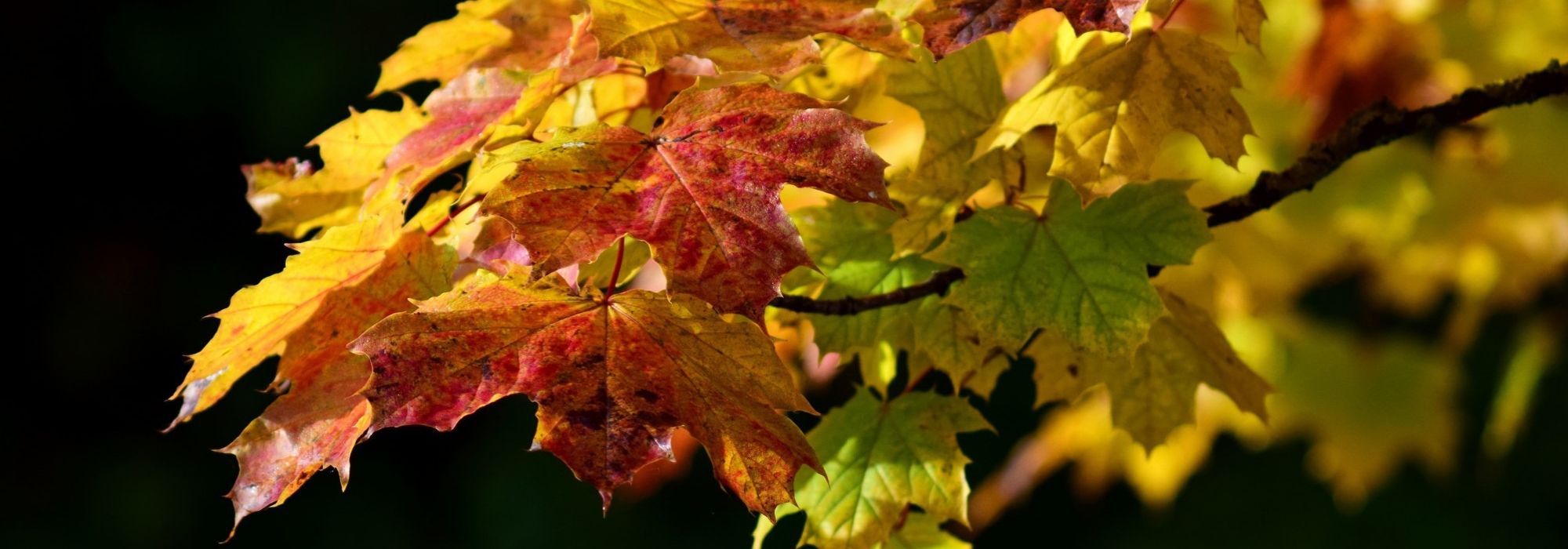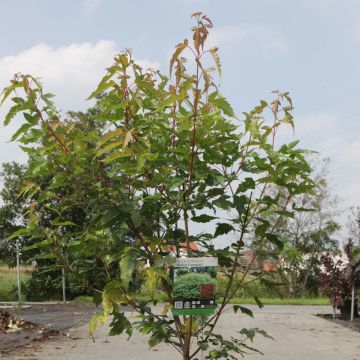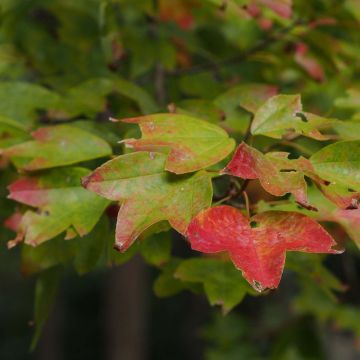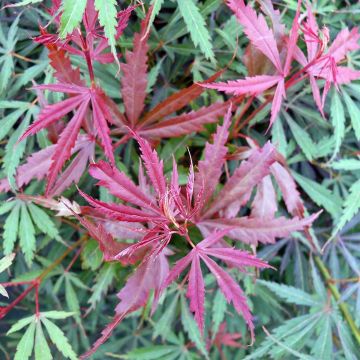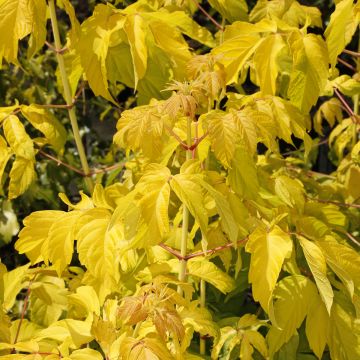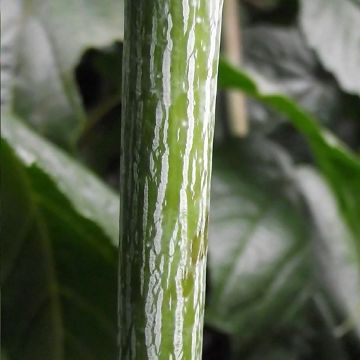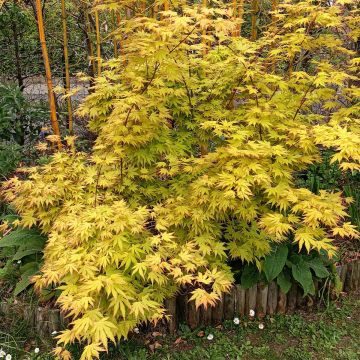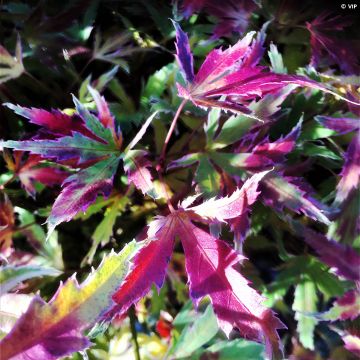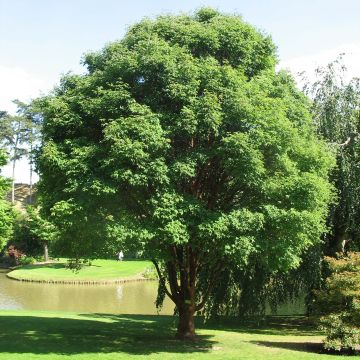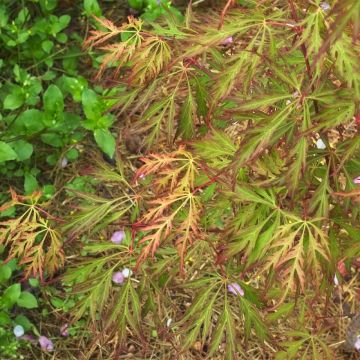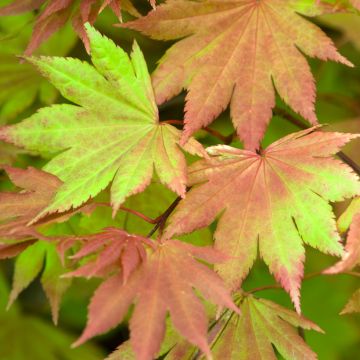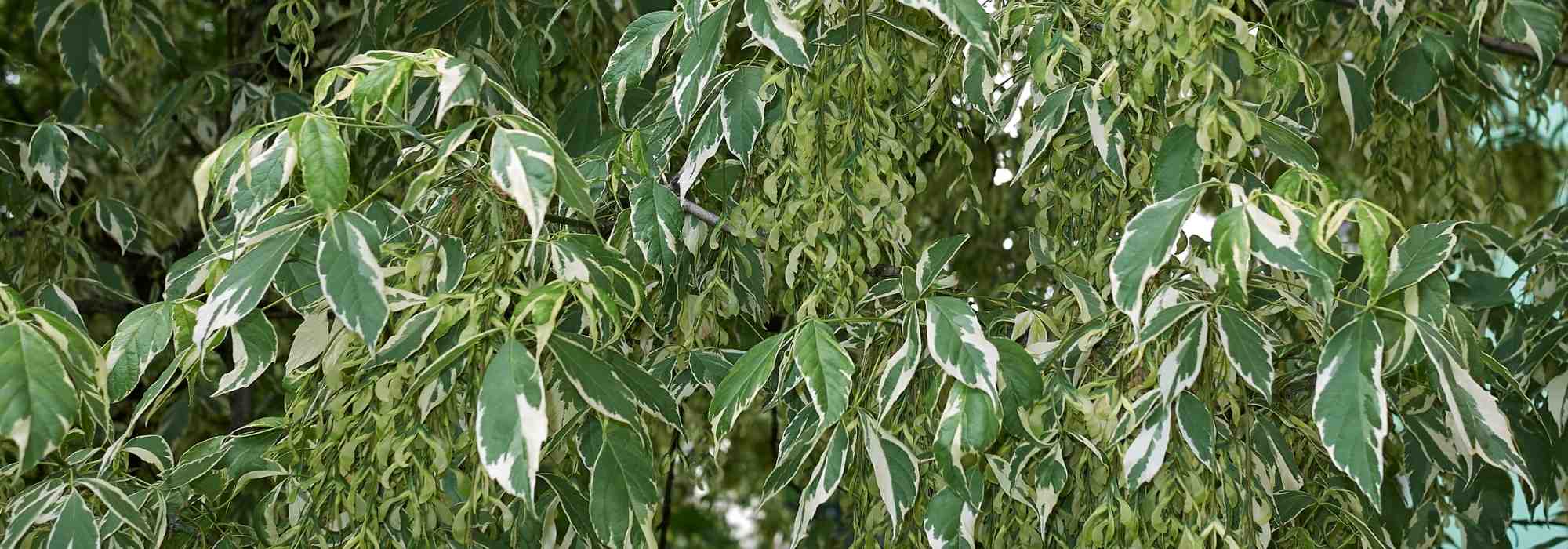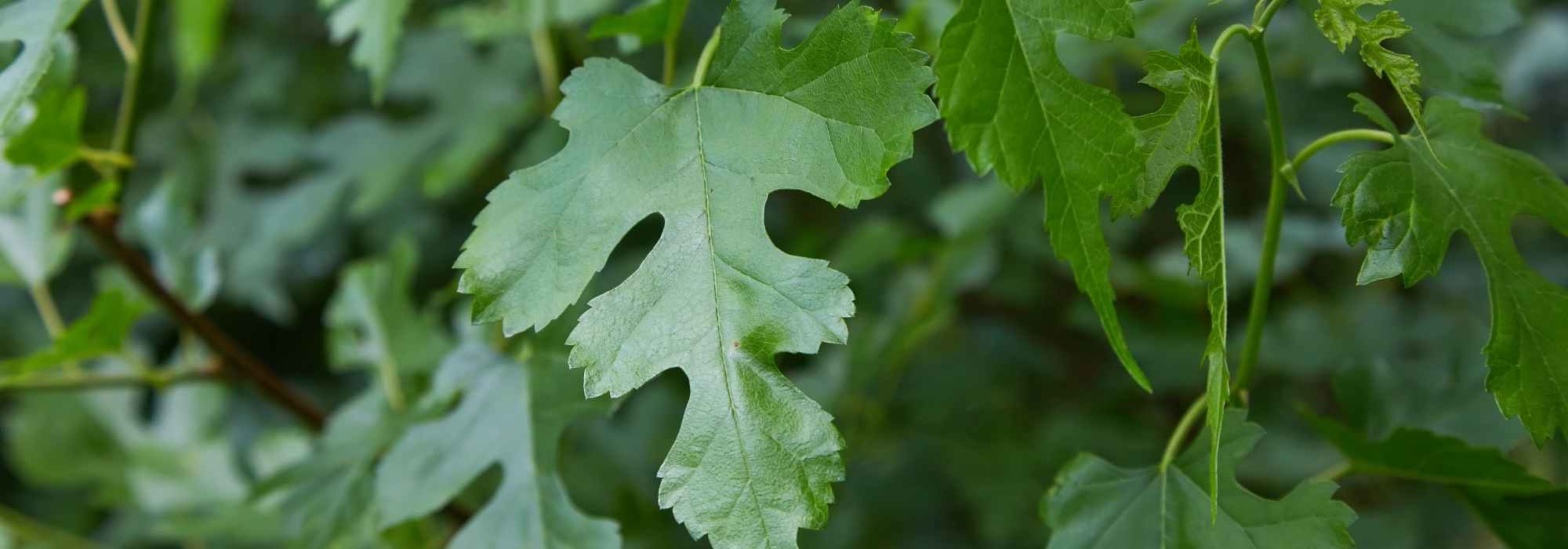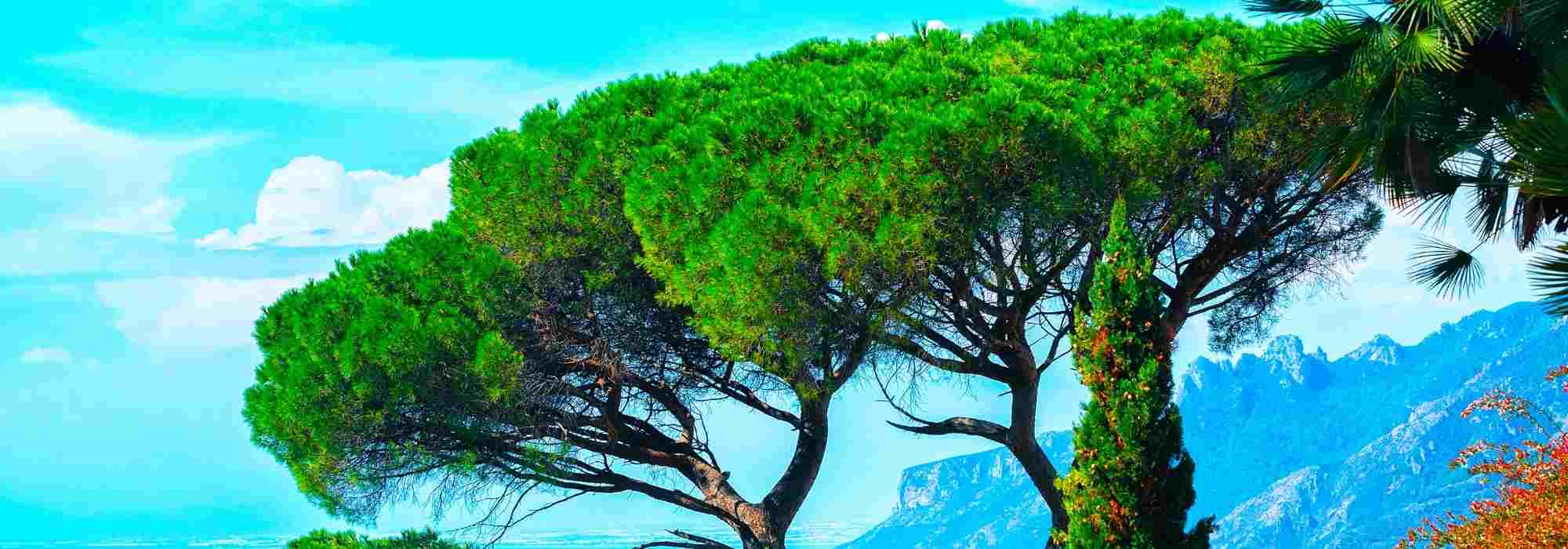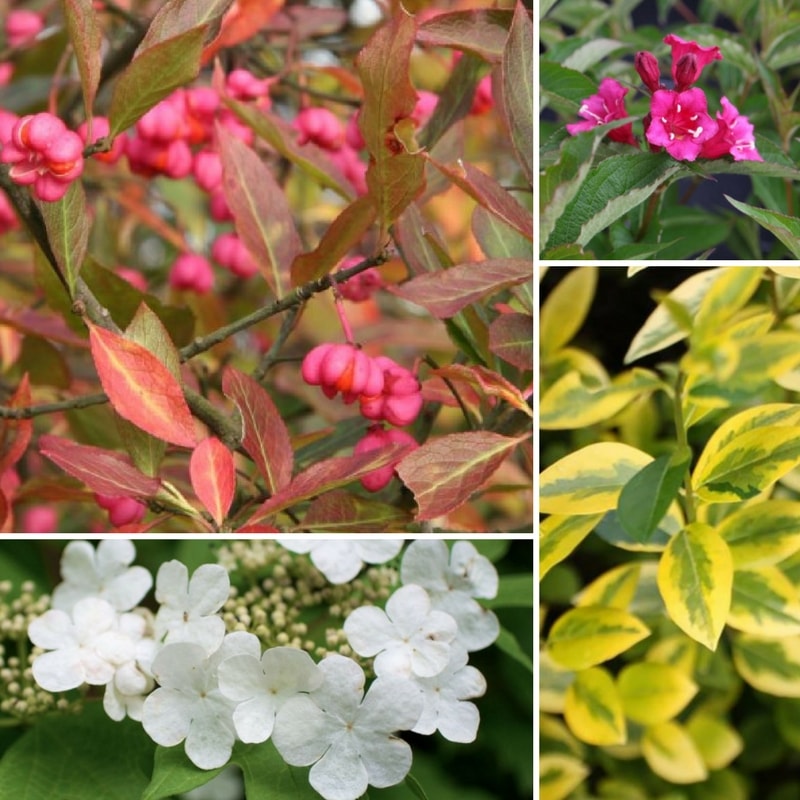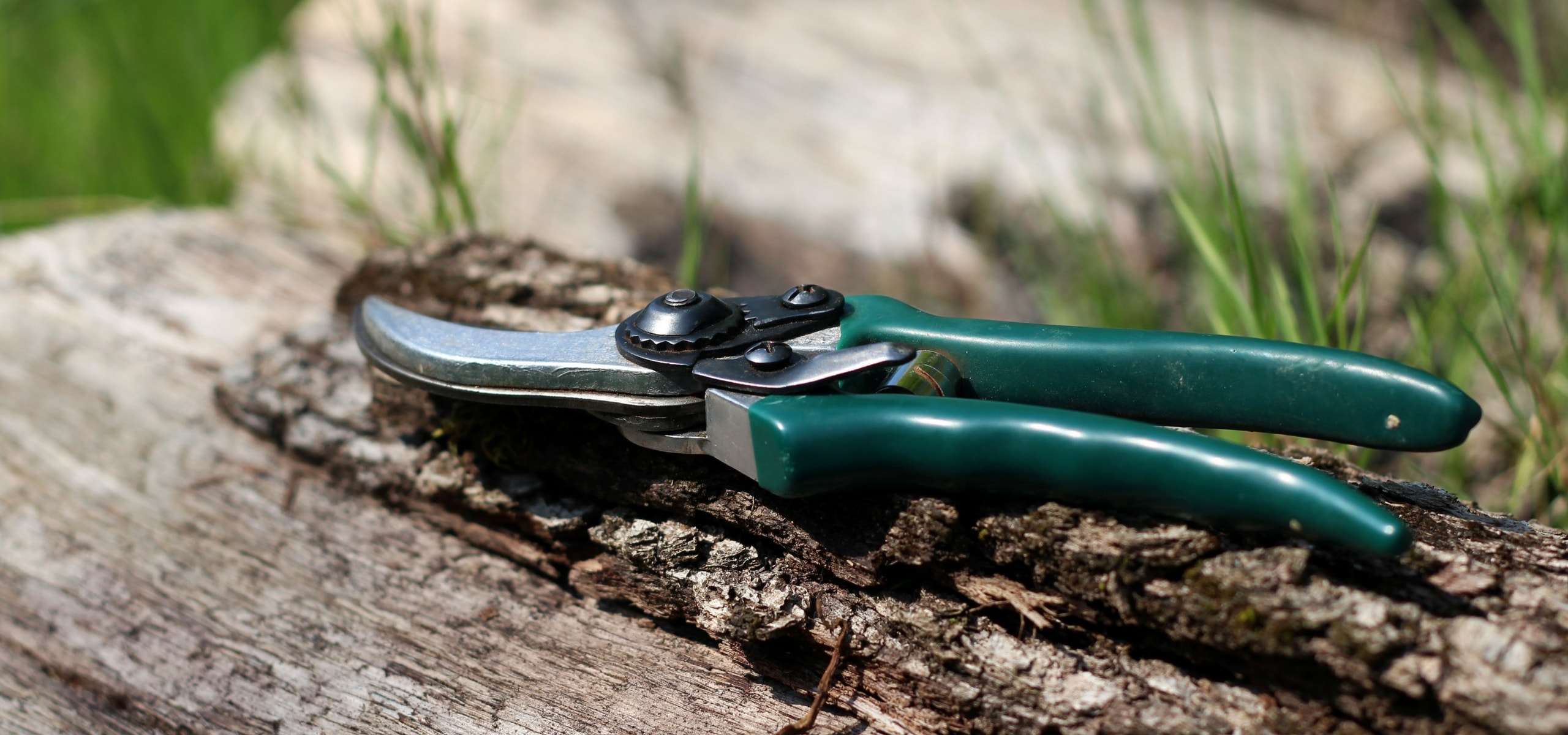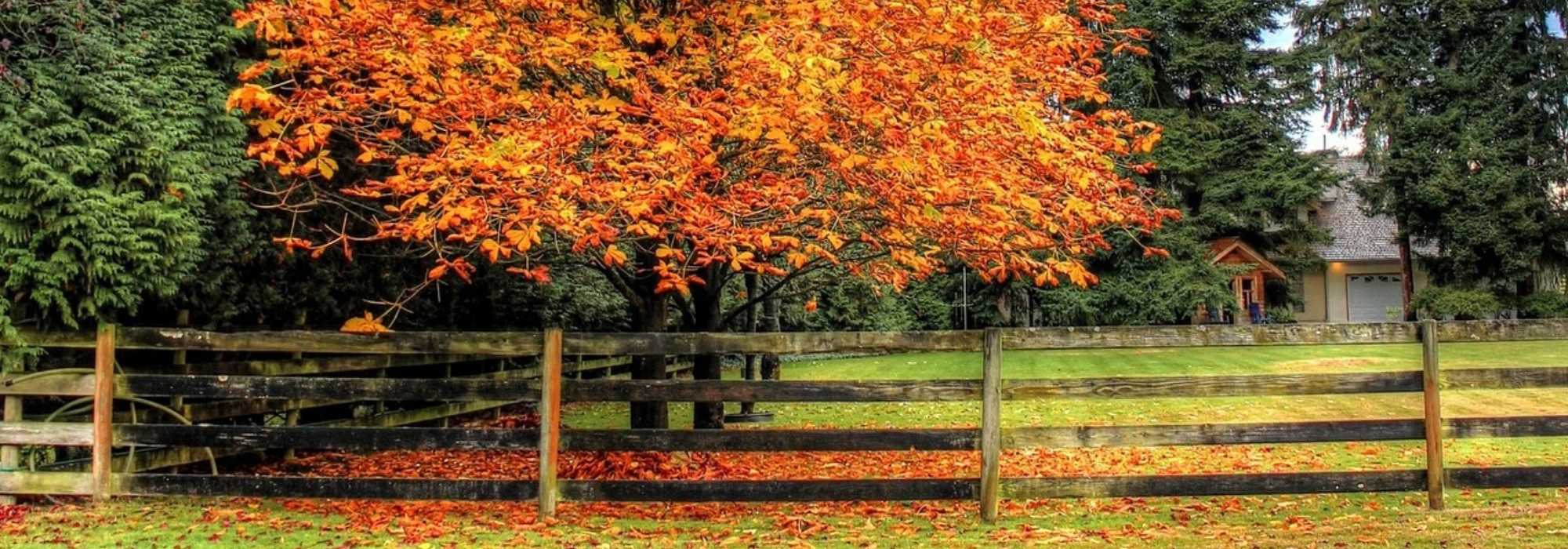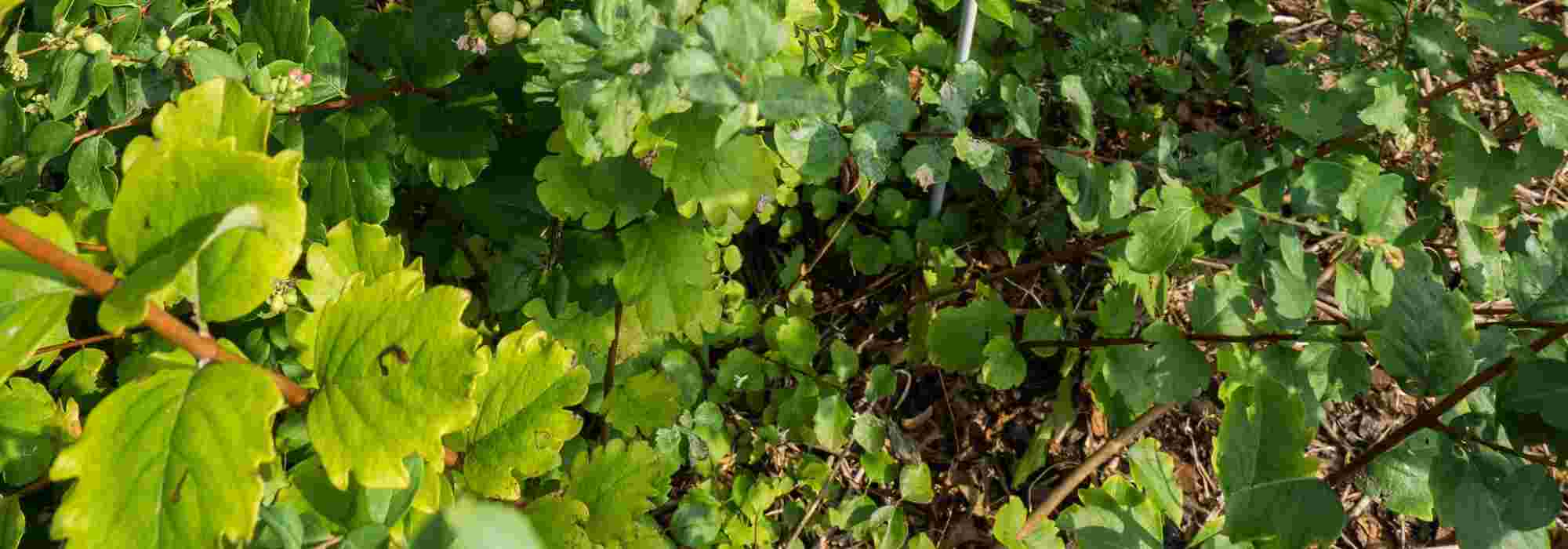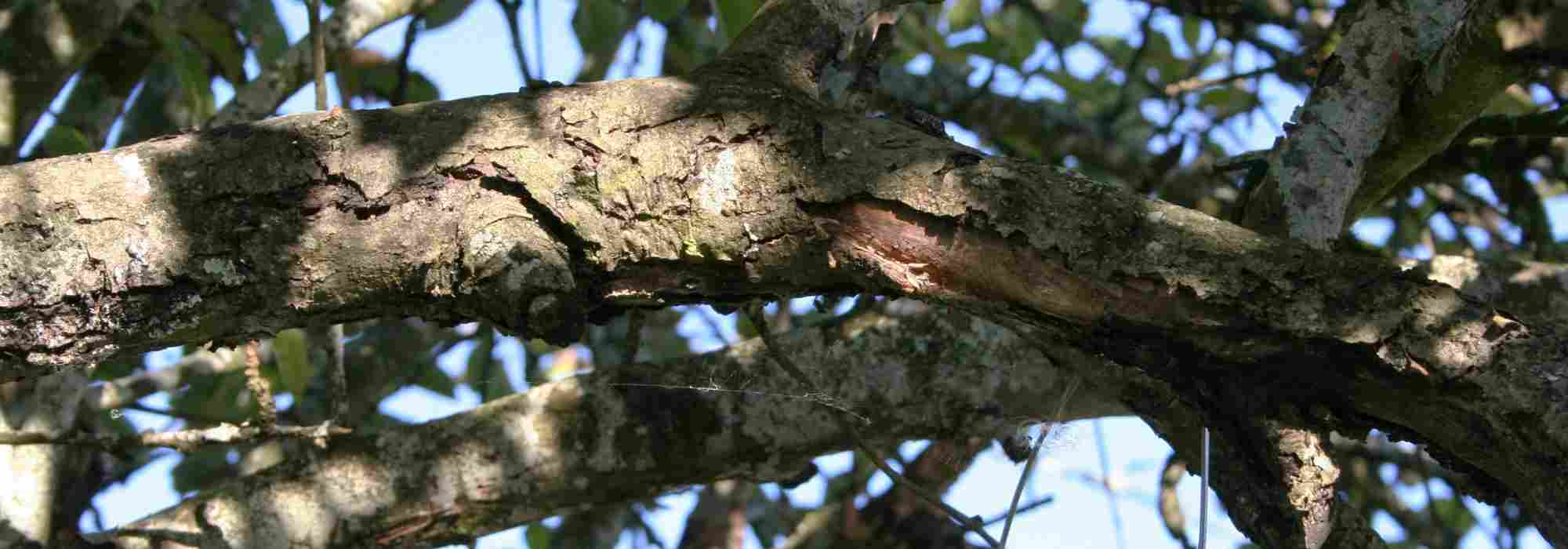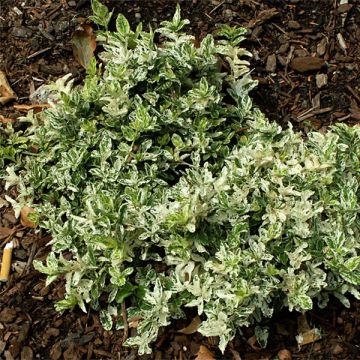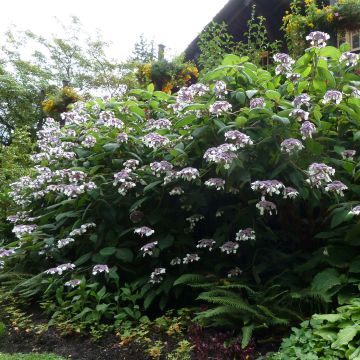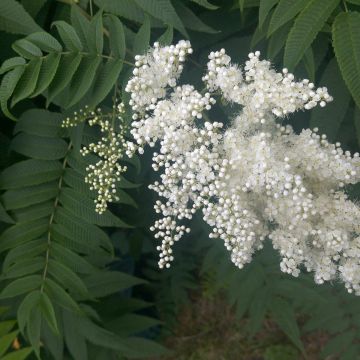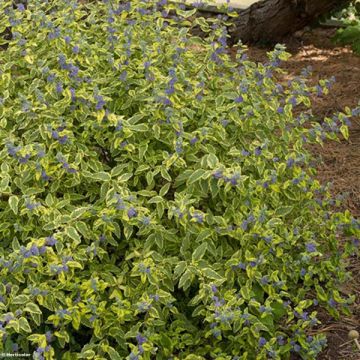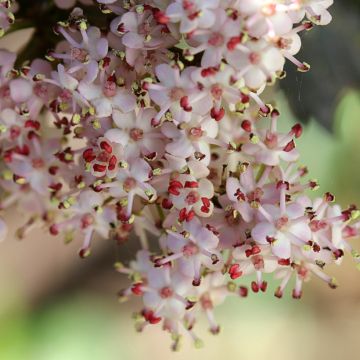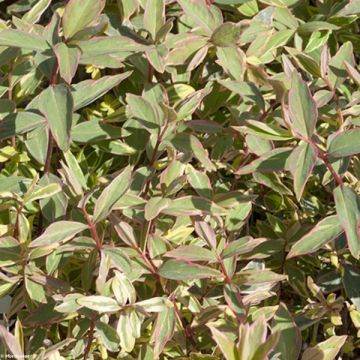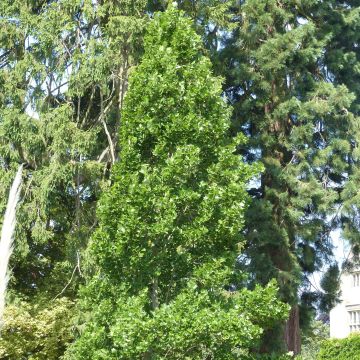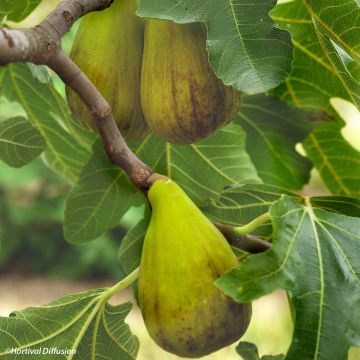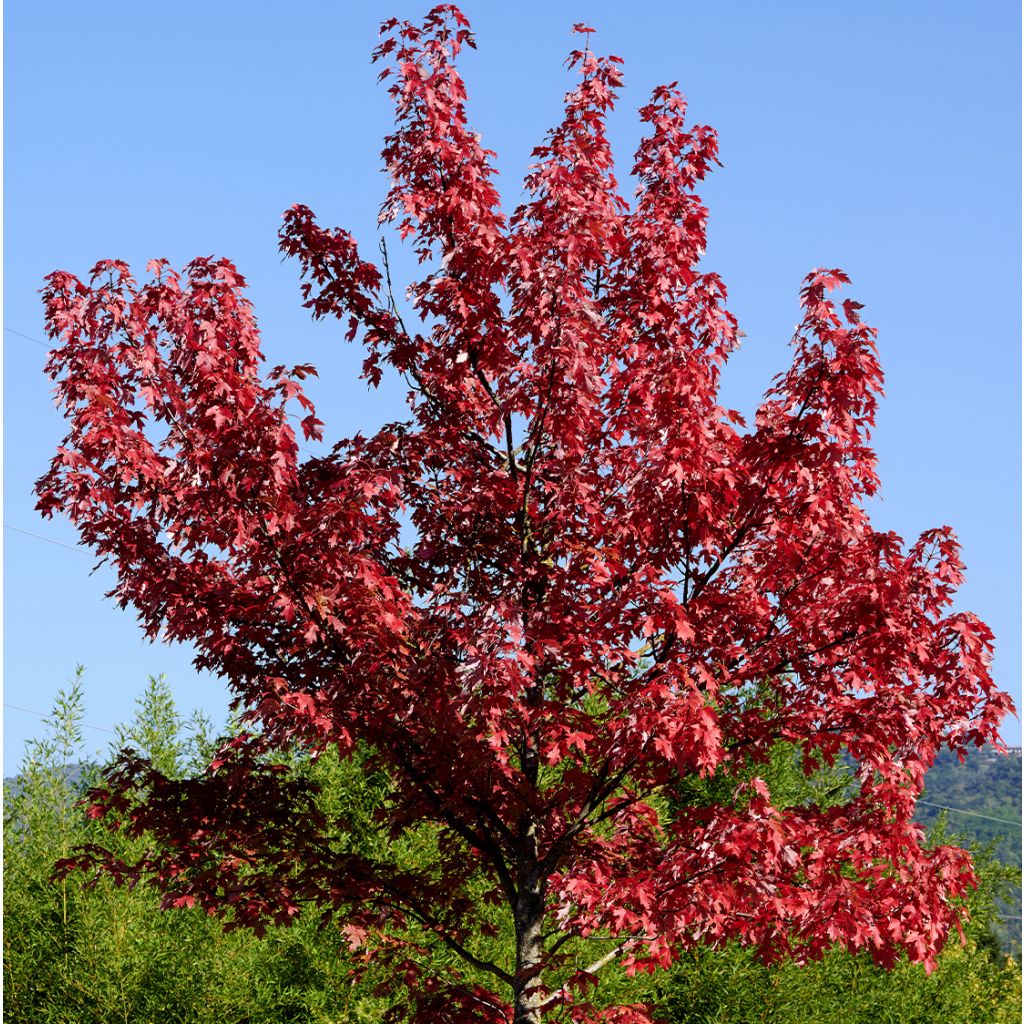

Acer rubrum Summer Red - Maple
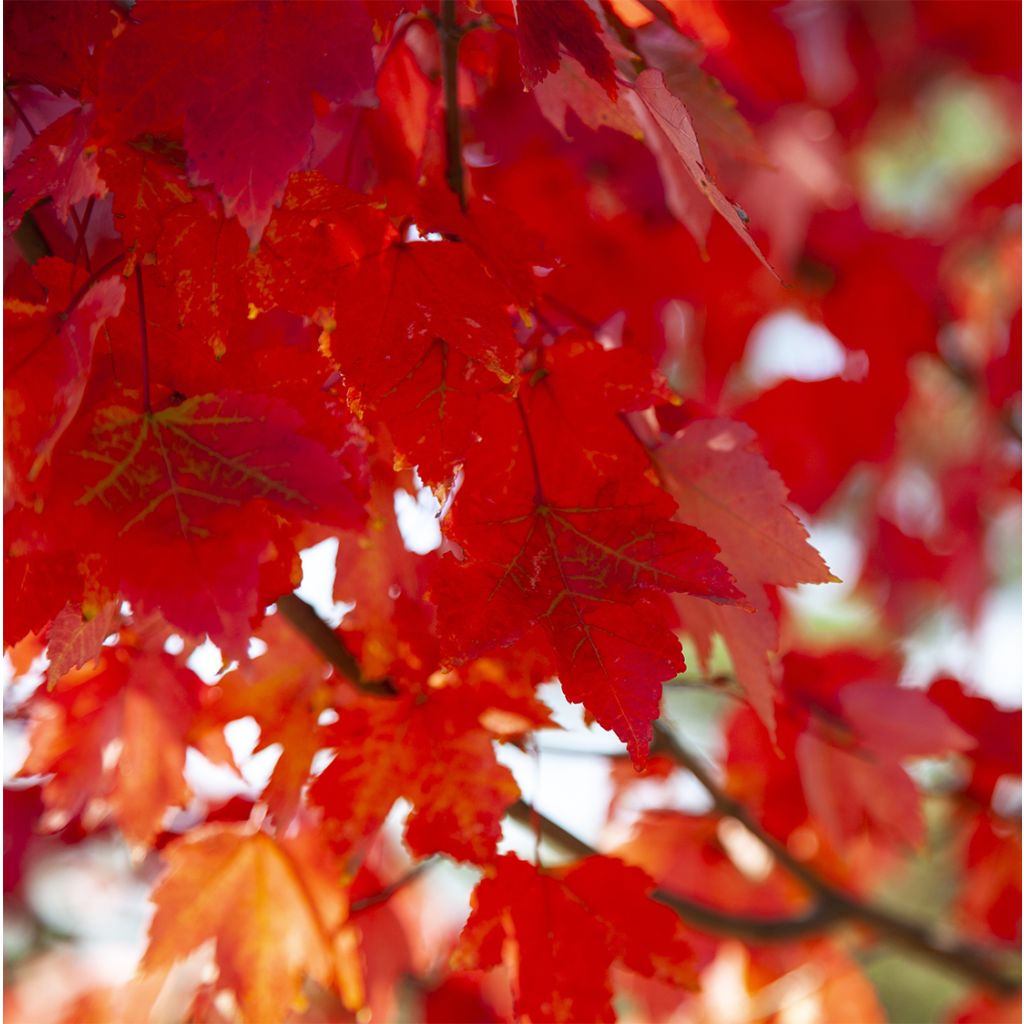

Acer rubrum Summer Red - Maple
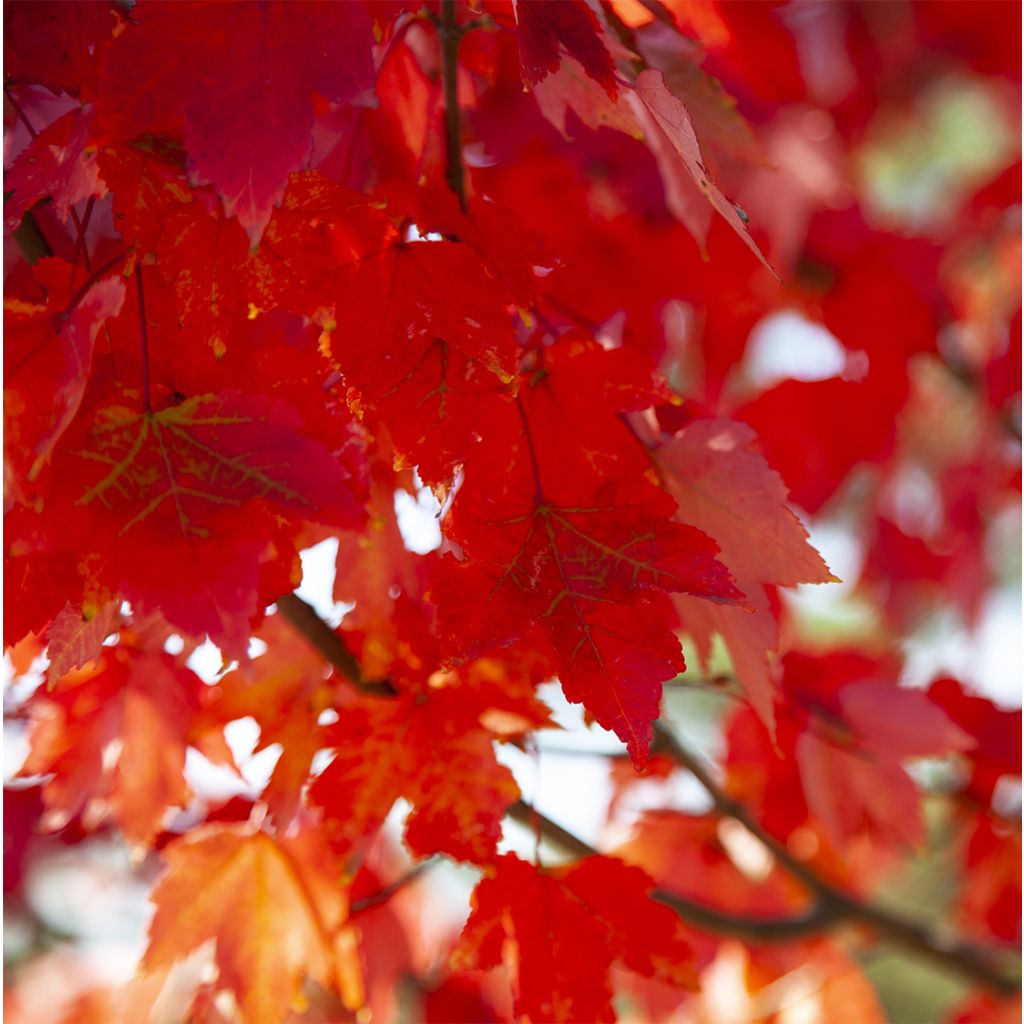

Acer rubrum Summer Red - Maple
Acer rubrum Summer Red - Maple
Acer rubrum Summer Red
Canadian Maple, Red Maple, Virginia Maple
very satisfied with the red maple received quickly and well packaged with other trees. It recovered very well after planting.
jaffy, 11/05/2025
Special offer!
Receive a €20 voucher for any order over €90 (excluding delivery costs, credit notes, and plastic-free options)!
1- Add your favorite plants to your cart.
2- Once you have reached €90, confirm your order (you can even choose the delivery date!).
3- As soon as your order is shipped, you will receive an email containing your voucher code, valid for 3 months (90 days).
Your voucher is unique and can only be used once, for any order with a minimum value of €20, excluding delivery costs.
Can be combined with other current offers, non-divisible and non-refundable.
Home or relay delivery (depending on size and destination)
Schedule delivery date,
and select date in basket
This plant carries a 24 months recovery warranty
More information
We guarantee the quality of our plants for a full growing cycle, and will replace at our expense any plant that fails to recover under normal climatic and planting conditions.

Would this plant suit my garden?
Set up your Plantfit profile →
Description
Acer rubrum 'Summer Red' is a very special variety of red maple. It not only displays beautiful colours in autumn but also in spring, and throughout the season! The young leaves open in shades of red and purple in spring and summer, where they coexist with the mature leaves that have turned dark green, creating a striking contrast. In autumn, it mainly turns yellow, another uniqueness of this variety, and also red, the species' signature colour. Vigorous and fairly fast-growing, it forms a medium-sized tree with a pyramidal to ovoid shape. It is Resistant to urban pollution and will thrive in medium-sized gardens or large spaces, preferably in sunny or partially shady locations.
Native to the Northeastern United States and Canada, the Acer rubrum is known as Canadian maple, red maple, or Virginia maple depending on the region. It is a large forest tree of the Sapindaceae family (formerly Aceraceae), which originally included numerous species (such as Koelreuteria) and others resulting from the merging of old families (such as horse chestnut, formerly classified in the Hippocastanaceae). The Canadian maple can reach a height of 30 m (98 ft 5 in) in its natural habitat. This light and semi-shade species can live up to 200 years. Its wood is commonly used in furniture making.
The 'Summer Red' variety is unique due to its decorative foliage colourations from spring to autumn. During budburst, it displays beautiful reddish-purple young shoots. As it ages, the leaves turn dark green, but new purple shoots emerge during summer, standing out against the dark heart of the foliage. Autumn is a festival of colours, in addition to the species' classic red, 'Summer Red' also adorns itself with significant amounts of yellow, and sometimes even orange hues in some individuals.
This beautiful tree has fairly vigorous growth, reaching about 9 m (29 ft 6 in) in height in 10 years, with a spread of 4 m (12 m (39 ft 5 in) or more at maturity and 5 m (16 ft 5 in) wide). It is perfectly resistant to frost (hardy down to -30°C (-22 °F) or even lower), but dislikes strong winds. It thrives in deep and moist, preferably acidic and clayey soil, where its autumnal colours will be more intense. It prefers humus-rich and fertile soils, while chalky soils should be strictly avoided. It requires moisture throughout the year, so watering in summer is necessary to prevent the soil from drying out.
Its grey bark blends well with the immaculate white bark of the Himalayan birch, which enjoys the same soil conditions and creates a beautiful scene in spring and autumn. In large spaces, the Golden Sun sweetgum with its yellow spring foliage and crimson autumn colours will create spectacular tonal contrasts.
Acer rubrum Summer Red - Maple in pictures
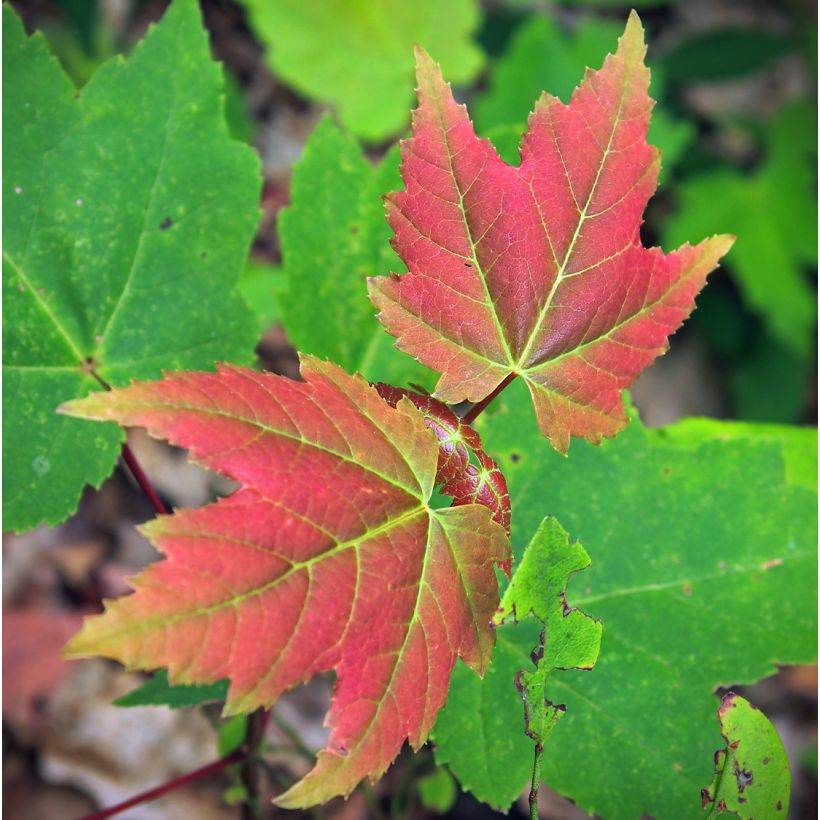

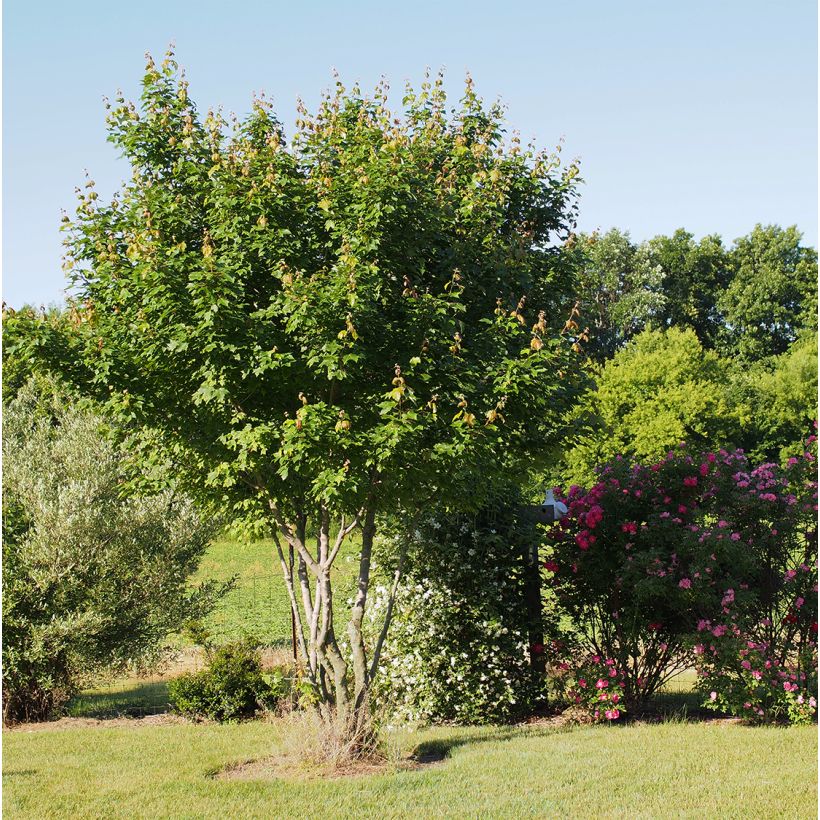

Plant habit
Flowering
Foliage
Botanical data
Acer
rubrum
Summer Red
Sapindaceae
Canadian Maple, Red Maple, Virginia Maple
Cultivar or hybrid
Other Acer - Maple tree
View all →Planting and care
The 'Summer Red' red maple does not tolerate chalky soils, so it should be planted in acidic soil if possible, or at least neutral. In this case make sure to enrich the planting hole with compost and leaf mold to mix with the existing soil. Soak the container in a bucket for a good half hour before placing it in a large planting hole (at least 60 cm (23.6 in) on all sides, or even 80). Water generously after planting and make sure the soil does not dry out during the growing season. Mulching above the root zone will be welcome to maintain soil moisture, and regular watering in summer.
Planting period
Intended location
Care
Planting & care advice
-
, onOrder confirmed
Reply from on Promesse de fleurs
Similar products
Haven't found what you were looking for?
Hardiness is the lowest winter temperature a plant can endure without suffering serious damage or even dying. However, hardiness is affected by location (a sheltered area, such as a patio), protection (winter cover) and soil type (hardiness is improved by well-drained soil).

Photo Sharing Terms & Conditions
In order to encourage gardeners to interact and share their experiences, Promesse de fleurs offers various media enabling content to be uploaded onto its Site - in particular via the ‘Photo sharing’ module.
The User agrees to refrain from:
- Posting any content that is illegal, prejudicial, insulting, racist, inciteful to hatred, revisionist, contrary to public decency, that infringes on privacy or on the privacy rights of third parties, in particular the publicity rights of persons and goods, intellectual property rights, or the right to privacy.
- Submitting content on behalf of a third party;
- Impersonate the identity of a third party and/or publish any personal information about a third party;
In general, the User undertakes to refrain from any unethical behaviour.
All Content (in particular text, comments, files, images, photos, videos, creative works, etc.), which may be subject to property or intellectual property rights, image or other private rights, shall remain the property of the User, subject to the limited rights granted by the terms of the licence granted by Promesse de fleurs as stated below. Users are at liberty to publish or not to publish such Content on the Site, notably via the ‘Photo Sharing’ facility, and accept that this Content shall be made public and freely accessible, notably on the Internet.
Users further acknowledge, undertake to have ,and guarantee that they hold all necessary rights and permissions to publish such material on the Site, in particular with regard to the legislation in force pertaining to any privacy, property, intellectual property, image, or contractual rights, or rights of any other nature. By publishing such Content on the Site, Users acknowledge accepting full liability as publishers of the Content within the meaning of the law, and grant Promesse de fleurs, free of charge, an inclusive, worldwide licence for the said Content for the entire duration of its publication, including all reproduction, representation, up/downloading, displaying, performing, transmission, and storage rights.
Users also grant permission for their name to be linked to the Content and accept that this link may not always be made available.
By engaging in posting material, Users consent to their Content becoming automatically accessible on the Internet, in particular on other sites and/or blogs and/or web pages of the Promesse de fleurs site, including in particular social pages and the Promesse de fleurs catalogue.
Users may secure the removal of entrusted content free of charge by issuing a simple request via our contact form.
The flowering period indicated on our website applies to countries and regions located in USDA zone 8 (France, the United Kingdom, Ireland, the Netherlands, etc.)
It will vary according to where you live:
- In zones 9 to 10 (Italy, Spain, Greece, etc.), flowering will occur about 2 to 4 weeks earlier.
- In zones 6 to 7 (Germany, Poland, Slovenia, and lower mountainous regions), flowering will be delayed by 2 to 3 weeks.
- In zone 5 (Central Europe, Scandinavia), blooming will be delayed by 3 to 5 weeks.
In temperate climates, pruning of spring-flowering shrubs (forsythia, spireas, etc.) should be done just after flowering.
Pruning of summer-flowering shrubs (Indian Lilac, Perovskia, etc.) can be done in winter or spring.
In cold regions as well as with frost-sensitive plants, avoid pruning too early when severe frosts may still occur.
The planting period indicated on our website applies to countries and regions located in USDA zone 8 (France, United Kingdom, Ireland, Netherlands).
It will vary according to where you live:
- In Mediterranean zones (Marseille, Madrid, Milan, etc.), autumn and winter are the best planting periods.
- In continental zones (Strasbourg, Munich, Vienna, etc.), delay planting by 2 to 3 weeks in spring and bring it forward by 2 to 4 weeks in autumn.
- In mountainous regions (the Alps, Pyrenees, Carpathians, etc.), it is best to plant in late spring (May-June) or late summer (August-September).
The harvesting period indicated on our website applies to countries and regions in USDA zone 8 (France, England, Ireland, the Netherlands).
In colder areas (Scandinavia, Poland, Austria...) fruit and vegetable harvests are likely to be delayed by 3-4 weeks.
In warmer areas (Italy, Spain, Greece, etc.), harvesting will probably take place earlier, depending on weather conditions.
The sowing periods indicated on our website apply to countries and regions within USDA Zone 8 (France, UK, Ireland, Netherlands).
In colder areas (Scandinavia, Poland, Austria...), delay any outdoor sowing by 3-4 weeks, or sow under glass.
In warmer climes (Italy, Spain, Greece, etc.), bring outdoor sowing forward by a few weeks.






























